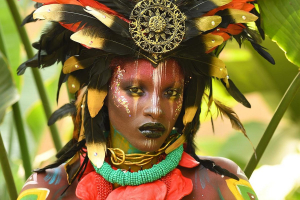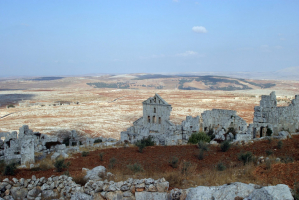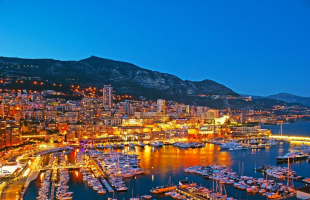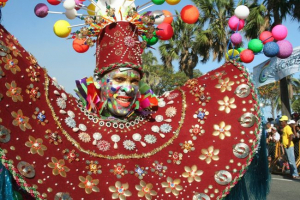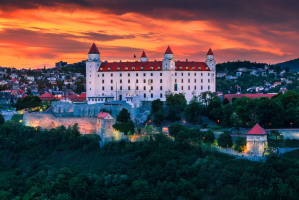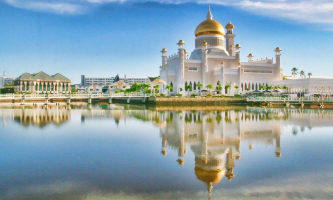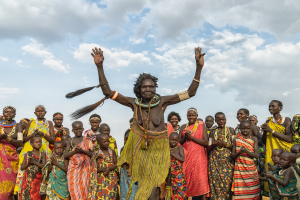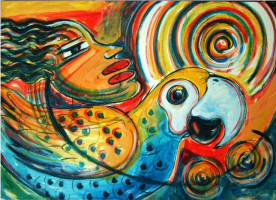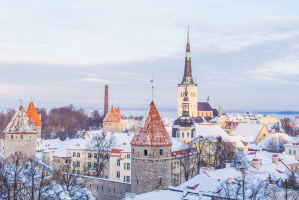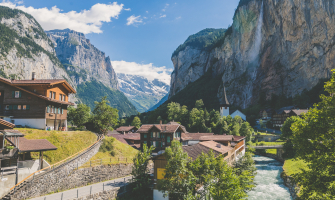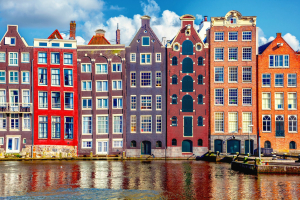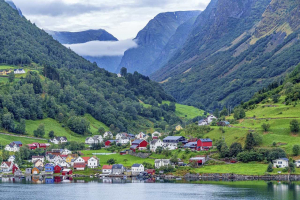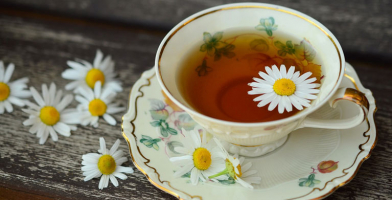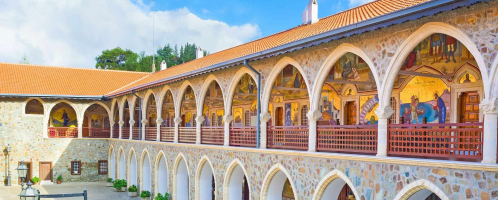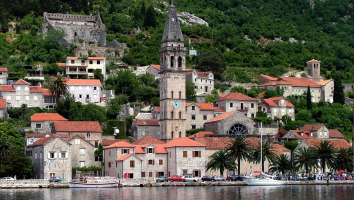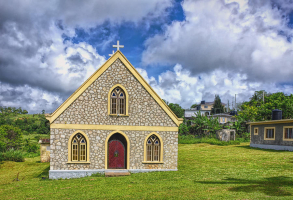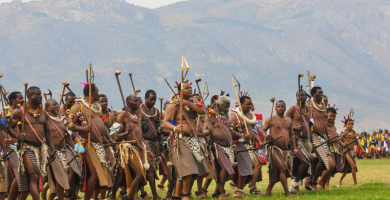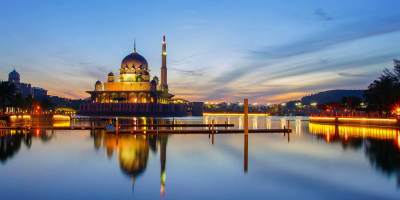Top 6 Malawian Culture, Customs, and Etiquette
Malawi has a rich and colourful culture, with about more than 10 different ethnic groups, languages, and customs that are unique to this small peaceful ... read more...country. Whether it’s arts, masks, or dresses, the cultural mix of Malawi continues to fascinate visitors and provide a warm and friendly welcome as tourists continue exploring the definitive Warm Heart of Africa. Here's your guide to Malawian Culture, Customs, and Etiquette before you visit it.
-
Weddings are very important to Malawians, as they bring together families in a tight bond for the rest of the couple’s lives. After informing family members and local chiefs of the upcoming nuptials, the families gather at the home of the bride-to-be to meet each other and make the engagement official. Villagers who live near the bride-to-be’s family host two large celebrations, one the night before the announcement with plenty of food and drink; and the second on the day of the engagement which includes a ceremonial exchange of chickens. The bride’s family receives a cockerel and the groom’s family a hen, symbolizing a union between the families.
During the celebration, there are tests for the new family members. An uncle representing the bride’s side of the family is presented with a lineup that includes the groom and a few of his friends. The uncle has to show that he knows the man by choosing correctly. However, the groom must pick his own wife-to-be from a line-up of female family members who are worn in traditional Malawian zitenje (colorful cloth) dresses. He better guess correct or faces the jeering and laughter of her aunts and his mother-in-law!
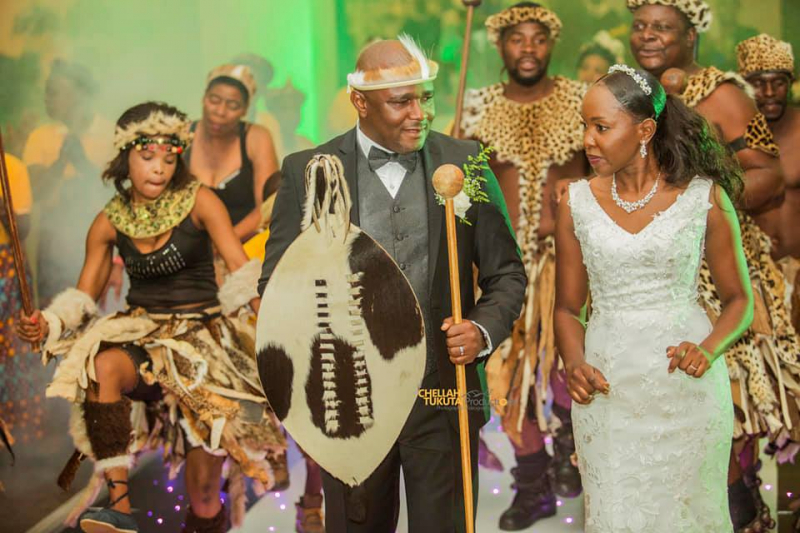
chellahtukuta.co 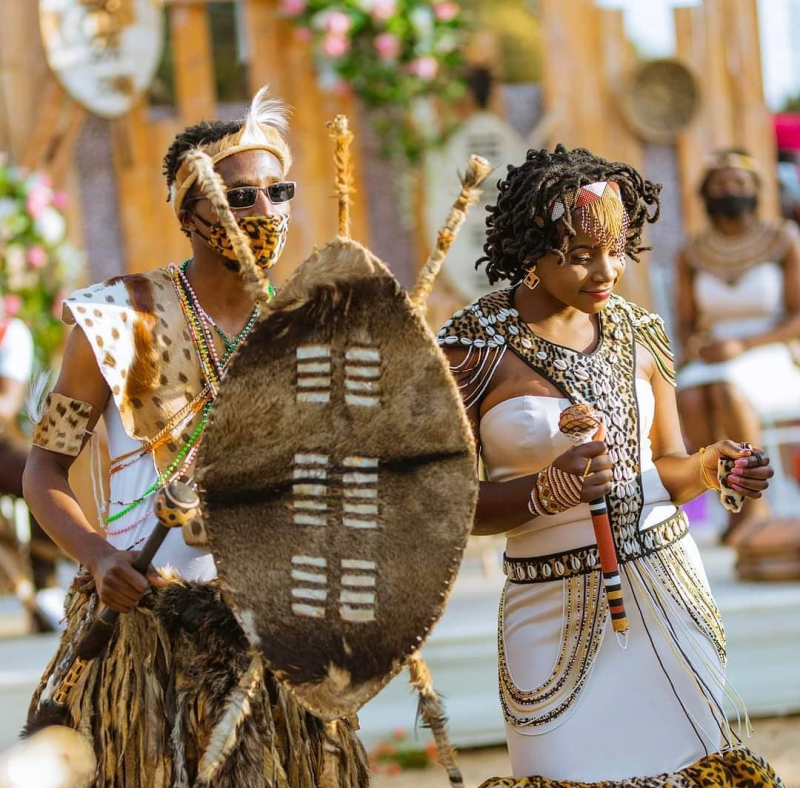
Facebook: Malawian Wedding -
Visitors are almost always offered a drink and perhaps something to eat. Eating usually is done without utensils. You will often be given a bowl and a jug to wash your hands. As most people eat with their hands, it is important that you ensure your hands are clean before eating. You only eat with the right hand, because the left hand is considered dirty. The men usually eat separately from the women and in fact, the women often kneel to serve them. Malawi is a devoutly Christian country; prayers before meals are common in local homes.
Besides, you need to know some information about the traditional food of Malawi. The national dish is loaka, which is a kind of stew or soup in which most of what is available is cooked together; it is eaten, whenever possible, with rice. Rice is the national grain, and almost all meals are accompanied by a bowl of sakay, or a spice mixture for seasoning, which includes peppers, ginger, and garlic. The national drink is ranovola, a healthy drink made from water and leftover rice in a pot. As a guest. you will always be served hanikotrana, a snack of sweets and vegetables, and a cool drink or tea when you visit.
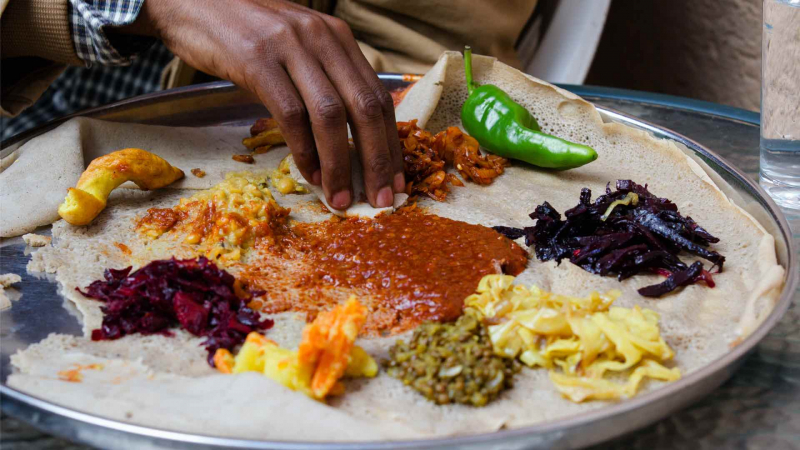
traveltank.com 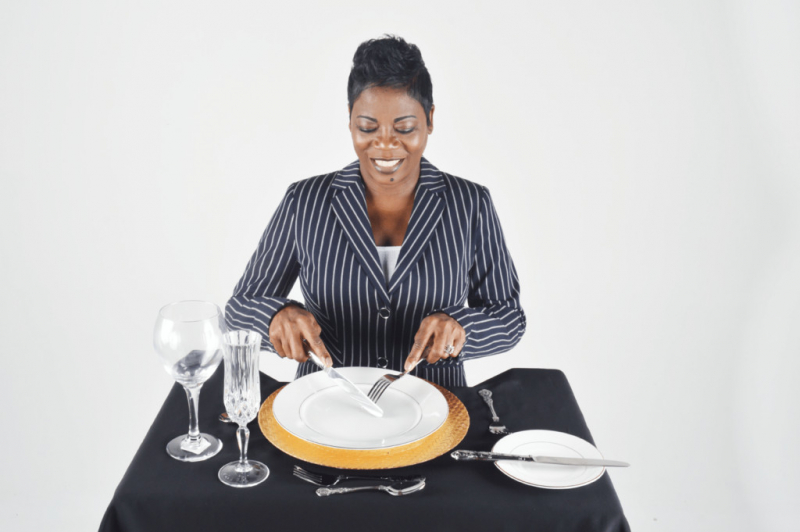
fromtheinsideoutsoe.com -
Greetings is definitely one of Malawian culture, customs, and etiquette that you should bear in mind before you travel to avoid mistakes. Malawians always extend greetings and it is considered rude not to greet someone, especially an elder. Verbal greetings are accompanied by a handshake. This is done with the right hand, with the left hand gripping the right forearm to show that one is not armed. This can also be accompanied by a slight dip at the knees, accompanied by bowing down the head.
Stopping to talk on the street is customary, and the conversation continues even after the parties go their separate ways. Although residents are gregarious, they respect other people's privacy in a crowded country where private space is at a premium. A person approaching someone's house will often cry Odi, Odi to announce his or her presence. Any visitor almost always is offered a drink and perhaps something to eat. Eating usually is done without utensils, but only with the right hand, because the left hand is considered "dirty." The same goes for handing things. It should be done with the right hand, preferably held with the left hand.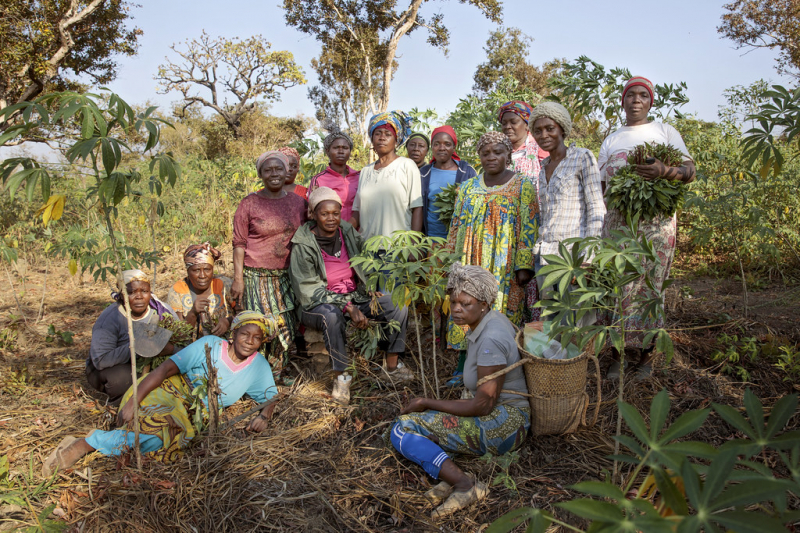
borgenproject.org 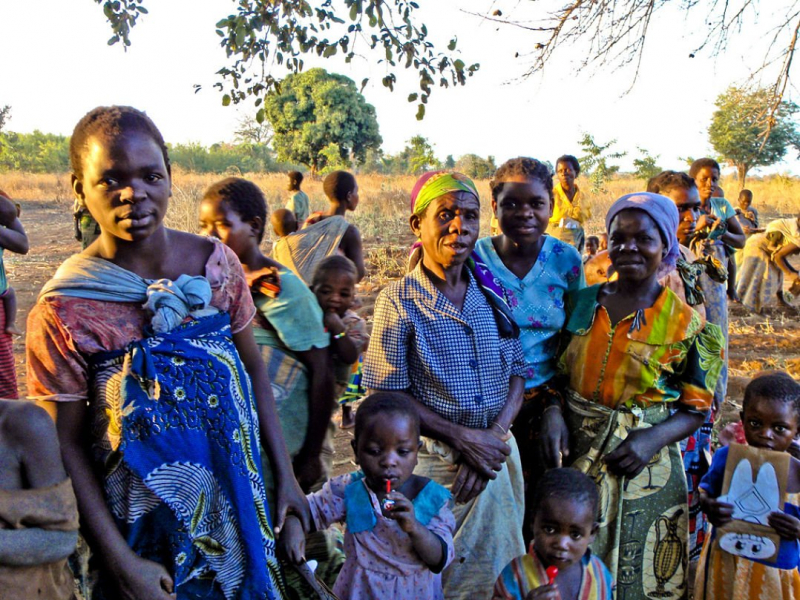
borgenmagazine.com -
There are many Malawian culture, customs, and etiquette that will surprise you, and the Chewa’s festival for the dead definitely marks one of those practices that shock many. The Chewa community is a Bantu tribe mostly found in Malawi. During the burial ceremony of a tribe member, it is customary for the body of the deceased to be washed. The corpse is taken to a sacred place where the cleansing is done by slitting the throat of the dead and pouring water through the insides of the dead and extracting through the anterior region of the dead body. The water is then collected and used to prepare a meal for the whole community as they believe that the dead has been cleaned up of his or her iniquities.
It was also reported that such practice of cleansing the dead, serves or helps in the spreading of some infections and deadly diseases in the Chewa community. Funerals are not just to mourn, they are also huge social parties, a reason to eat, drink beer, and meet people.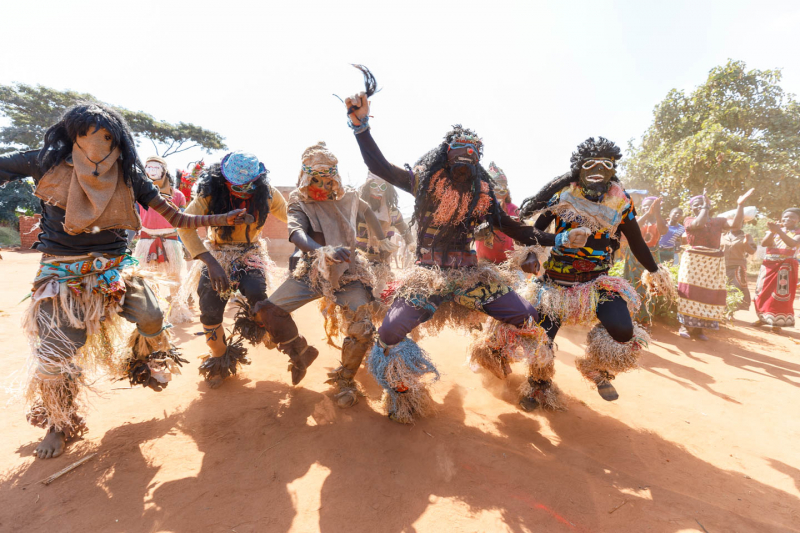
face2faceafrica.com 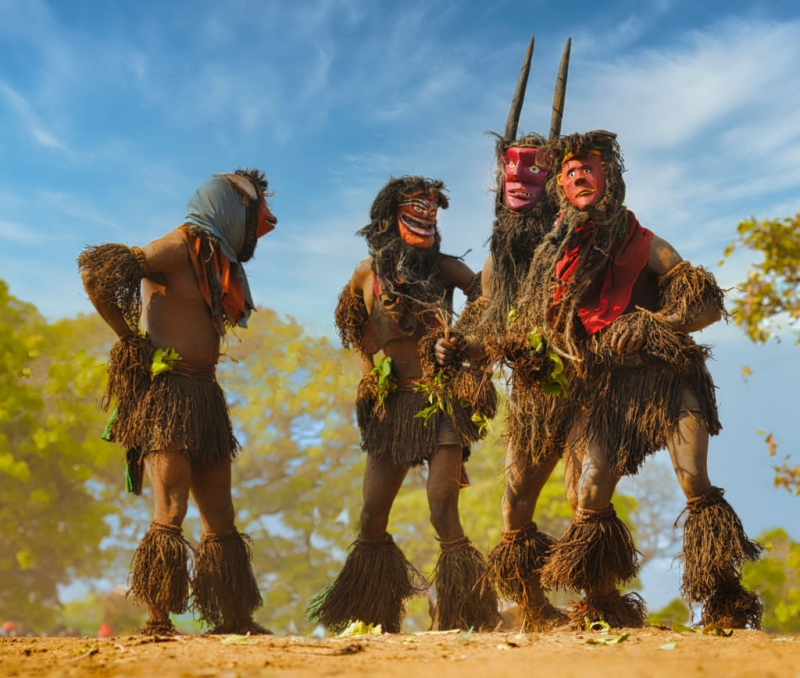
pamusoroi.com -
With over 80 traditional dances, Malawi is a country with diverse cultural beliefs and practices. These dances are performed on various occasions and for different reasons and are based on the beliefs of a particular tribe. For all the many tribes in Malawi, traditional dances are performed for a particular function or ceremony – for example during funerals, initiation ceremonies, or harvest time. These are periods of unity when families or villages come together, feast, and resolve their differences. Some traditional dances are performed by everyone, while others are for particular people, based on their meaning and significance to the community.
Among the Chewa tribe, Gule Wamkulu (translated as the “Great Dance”) inherited from the tribe's past is performed in a circumstance. Or Uyeni is a Ngoni dance that is performed by girls during the installation of a chief. Young girls perform the dance barefoot with their breasts exposed. The dancers accompany the king to the Bwalo or the coronation ground. As per traditional beliefs, this cements the notion that women are custodians of culture. Furthermore, The Chilimika dance by the Tonga tribe is from the Northern region of Malawi, Nkhata Bay in particular. It is performed by young boys and girls at the beginning of each year - no wonder then that the name is translated into English as "year", and so on.
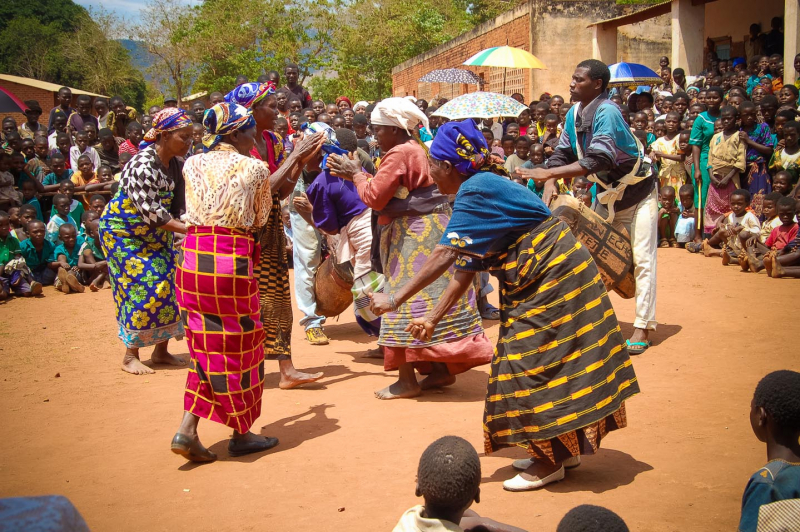
pinterest.co.kr 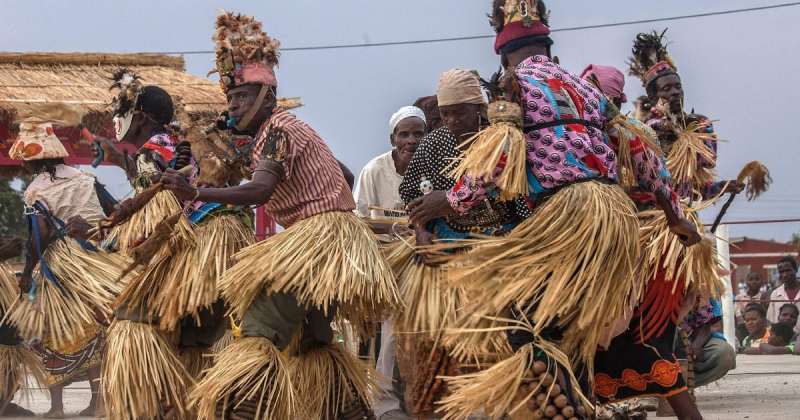
nst.com.my -
Sculpture and woodcarving are embedded within the Malawi culture and family tradition. And this is also one of the Malawian culture, customs, and etiquette that may interest you. Throughout history artists along Lake Malawi have preferred working with the three dimensions of wood sculpture rather than painting or drawing, and elegant ebony, wood, and soapstone sculptures. Carving skills are passed down from father to son. Sculptures vary from carved plaques of African scenes to decadent chief chairs – made with exceptional craftsmanship.
The main focus of Malawian art is the human figure. This emerged in early rock paintings and is still a popular subject among woodcarvers today. Many artists in Chitimba and other waterfront towns began carving trinkets for passing trade with the introduction of tourism, and the carvings are prized by tourists. Lake Malawi is the second-largest lake in Africa and the fourth-largest in the world. Tourists visiting the lake delight in the woodcarvers’ traditional representations and the beautiful hardwood they are made from.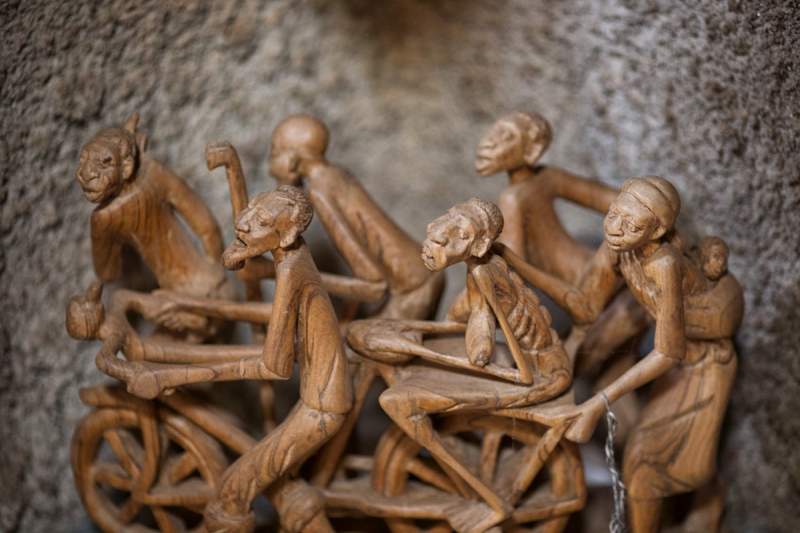
bikepacking.com 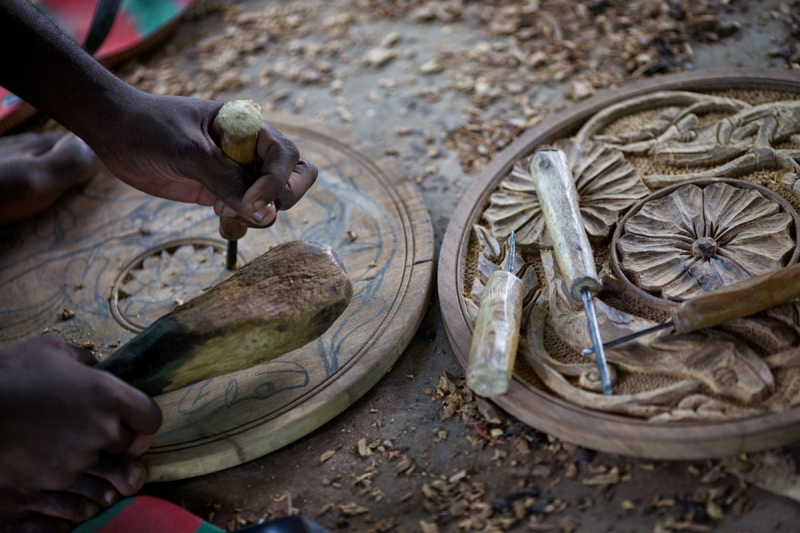
tedygo.com








